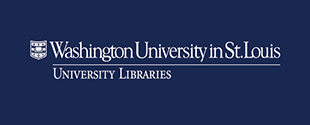Date of Award
Spring 5-6-2024
Degree Name
Master of Science (MS)
Degree Type
Thesis
Abstract
During pregnancy, the uterus undergoes structural and mechanical transformations to withstand the demands of a successful delivery. In cases where vaginal birth is not feasible, a Cesarean section (c-section), which involves a transverse abdominal incision, is used to facilitate delivery of the fetus and placenta1. Following the procedure, the uterus and abdominal tissue are carefully sutured to support postpartum recovery, leading to uterine scarring at the incision site1,2. Understanding the relationship between uterine scar integrity, postpartum involution, and the biomechanics of uterine tissue is a crucial step toward predicting the risk of uterine rupture during future labor events. This project aims to utilize ex-vivo mechanical testing and noninvasive imaging techniques to investigate the relationship between the structure and composition of remodeled uterine tissue after the introduction of a uterine scar or after postpartum involution in female mice. Murine uterine ring samples will be used to assess the structural and mechanical properties of the uterus, with the objective of quantifying the change in biomechanical properties throughout the different uterine healing processes. Imaging techniques such as Optical Coherence Tomography (OCT) and immunohistological staining will provide insights into tissue structure. Ultimately, this project aims to unveil the connection between uterine involution, scar healing, and uterine tensile strength.
Language
English (en)
Chair
Matthew Bersi
Committee Members
Michelle Oyen Christine O'Brien

